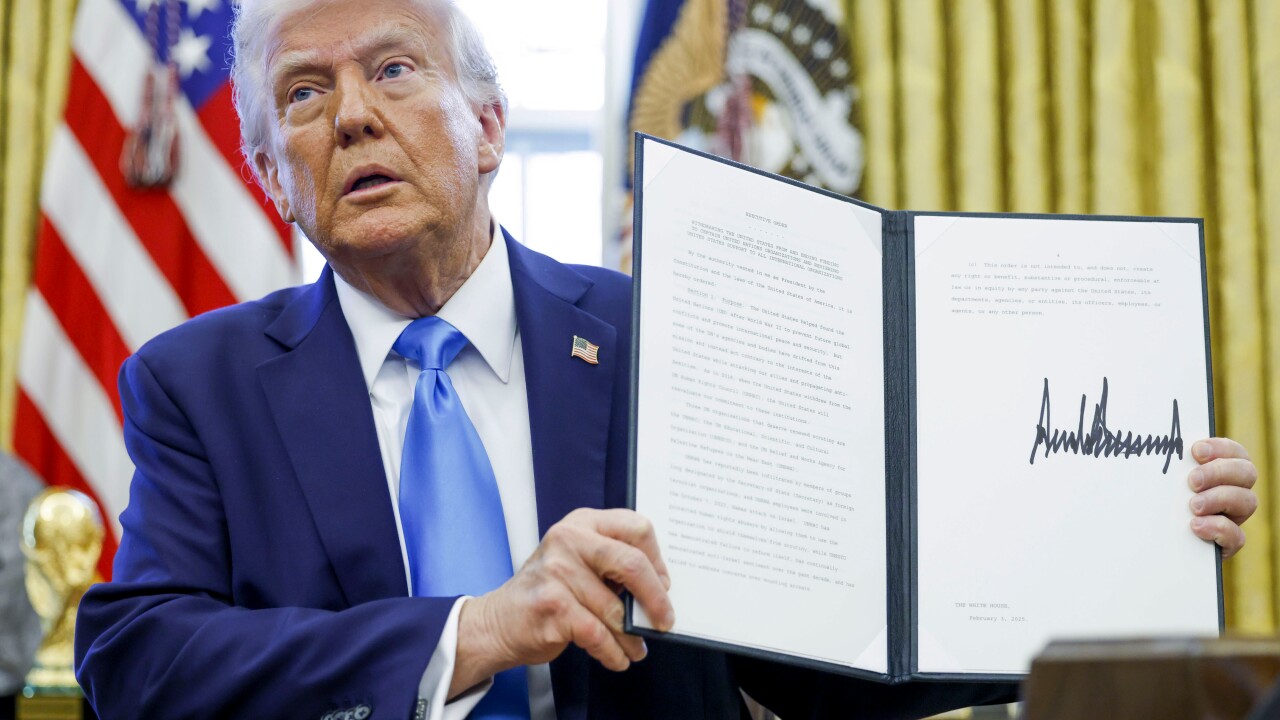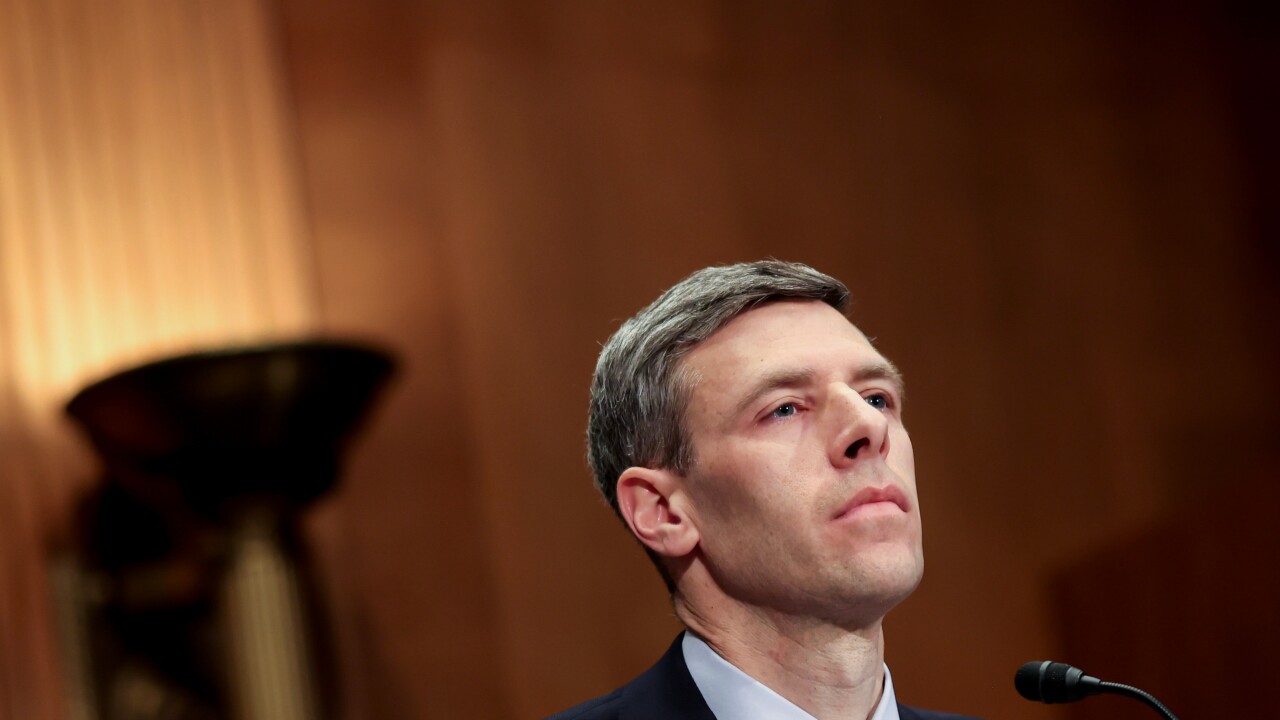- Key insight: A Luxembourg court ruled HSBC owes restitution to a Madoff investor fund, finding the bank was negligent in its custodial role.
- Supporting data: The $1.1 billion provision is expected to impact the bank's CET1 capital ratio by approximately 15 basis points in its Q3 results.
- Forward look: HSBC will pursue a second appeal before the Luxembourg Court of Appeal to contest the ruling and the final monetary amount.
Overview bullets generated by AI with editorial review
Herald initiated the lawsuit in April 2009. It held
Bernard Madoff, the mastermind behind the scheme, was arrested in 2008, convicted and sentenced to 150 years in prison. He died in 2021.
This month, the Luxembourg Court of Cassation (the small country's highest court) partially ruled in favor of Herald's demand for restitution, against
This court said the restitution would have to be made in the form of cash because Madoff had never actually purchased the supposed securities with Herald's investment.
In addition to this restitution for securities, Herald also claimed
The lower courts in the case had found that
The lower court found that serious doubts regarding Madoff had been raised inside
Financial fallout for HSBC
In response to the judgment,
The $1.1 billion provision should not have an impact on operations at the bank, Firdaus Ibrahim, director of research at investment analysis firm CFRA, told American Banker. He added that the bank "remains financially resilient," and that he expects no disruption to its core banking activities or client services.
"While the provision will weigh on reported quarterly profits, it does not impair
Understanding the Madoff Ponzi scheme
The litigation stems from the multibillion-dollar Ponzi scheme perpetrated by Madoff through the investment advisory side of his firm.
The core mechanism of the Ponzi scheme involved Madoff soliciting funds from clients under false pretenses. He promised to invest the funds but intentionally failed to do so.
Instead, client funds were deposited into a single bank account. When clients requested redemptions or expected profits, Madoff paid them using money deposited by other, newer clients.
Madoff marketed a specific, fraudulent investment technique known as a split strike conversion strategy. He falsely claimed that his firm would:
- Invest funds in a basket of common stocks within the S&P 100 index.
- Time purchases opportunistically.
- During periods "out of the market," invest client funds in U.S-issued securities such as Treasury bills.
- Hedge the investments by buying and selling option contracts related to the stocks to limit potential losses.
To conceal this fraud, Madoff created a vast infrastructure and hired employees to generate false and fraudulent documents, including monthly client account statements and trade confirmations reflecting fictitious transactions and inflated returns.
He also repeatedly lied under oath and filed false financial statements and filings with the Securities and Exchange Commission.
Madoff also transferred hundreds of millions of dollars between the U.S. firm and his London affiliate, partly to give the false appearance that he was executing securities transactions in Europe.
By his own admission, Madoff's scheme operated from at least the 1980s until his arrest on Dec. 11, 2008.






